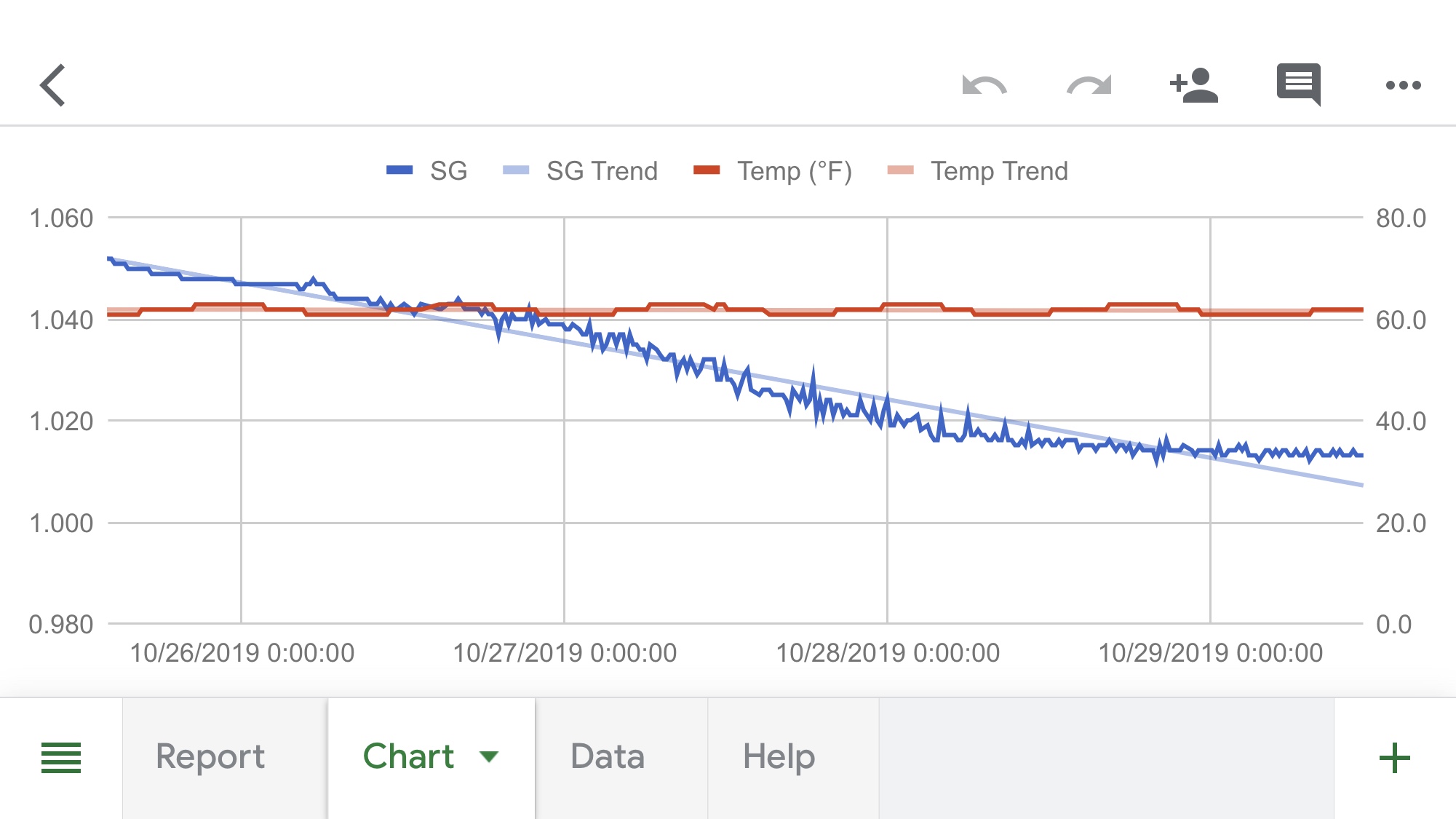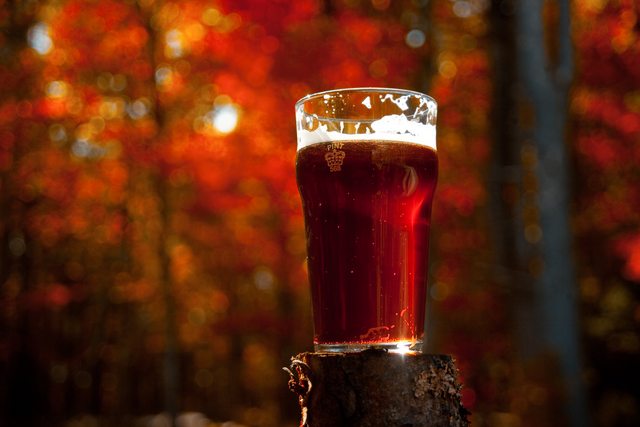As a heads-up, Suregork has published a new version of his yeast family tree that includes the sequences formally published this week, which includes most of the homebrew lager yeasts. I've extracted them from the main tree over
on this thread.
The first big news is that all the homebrew lager yeasts are Frohbergs, the more temperature tolerant kind - there's no Saazes. And the cerevisiae genomes are very closely related as you might expect from the very recent history of modern lager brewing. That in turn means that you can take the exact layout of the tree with a slight pinch of salt, it may change as further sequences emerge and allow us to better understand the history.
Also we don't know anything about the
S. eubayanus part of their genomes which is the bit that mostly affects temperature tolerance. You have to regard lager yeast as kolsch yeast that's wearing a coat to allow it to cope better with cold temperatures, but we don't know what kind of coat each strain is wearing.
But the main take-homes are :
S-23 is the closest relative of 2001 Urquell H-strain; WLP940 Mexican and WLP515 Antwerp Ale are also close cousins.
The 34/70 story is a bit confused, as WLP830 and 2124 which are traditionally viewed as liquid versions of 34/70 are not so close to it (bearing in mind the caveats above)
However, 2112 California and WLP810 San Francisco (and ????Mangrove Jack M54 California?????) are closest to 2035 American Lager and 34/70
WLP051 California Ale V is closest to WLP840 American Lager (allegedly from Budweiser), which is not surprising I guess, and they're both quite close to WLP802/2000 Budvar.
WLP029 German/Kolsch is closest to WLP833 German Bock, 2124 Bohemian and 2206 Bavarian (allegedly Weihenstephan 206).
WLP863/1983 Cry Havoc/Fist Bump is closest to 2007 Pilsen.
WLP820 Oktoberfest looks like the root of the Frohberg tree, and presumably is close to the original German yeast that travelled to Urquell.
I'm confident that WLP800 is an ale, but still a bit sceptical that WLP838 is an ale, it may have been mixed up.


















































![Craft A Brew - Safale S-04 Dry Yeast - Fermentis - English Ale Dry Yeast - For English and American Ales and Hard Apple Ciders - Ingredients for Home Brewing - Beer Making Supplies - [1 Pack]](https://m.media-amazon.com/images/I/41fVGNh6JfL._SL500_.jpg)













